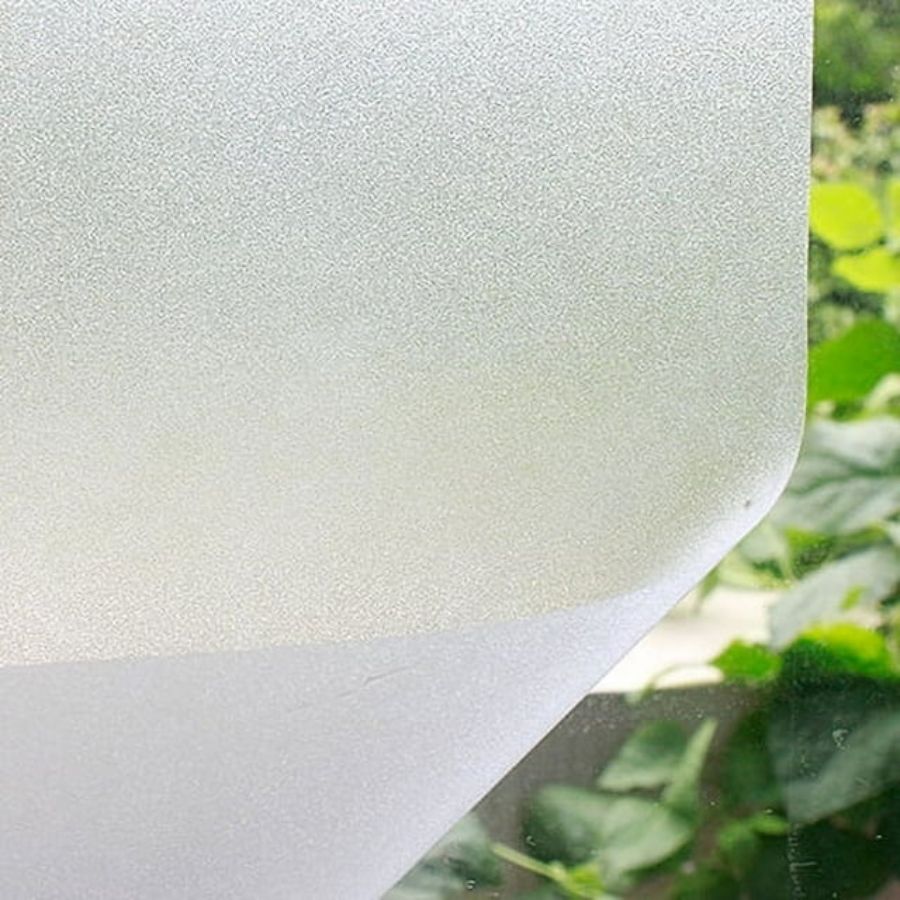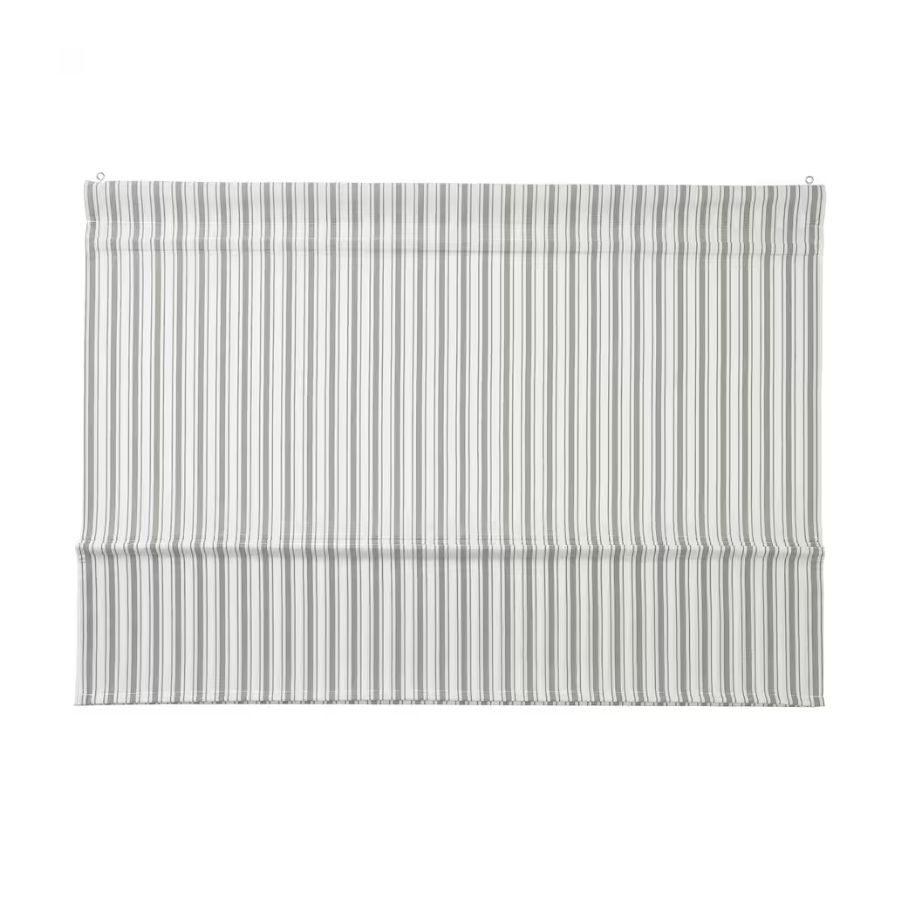How to Cover Bathroom Windows Without Curtains? 6 Alternatives That Offer Privacy and Calm
If you're looking to cover your bathroom window without making use of a curtain, these might be the options for you
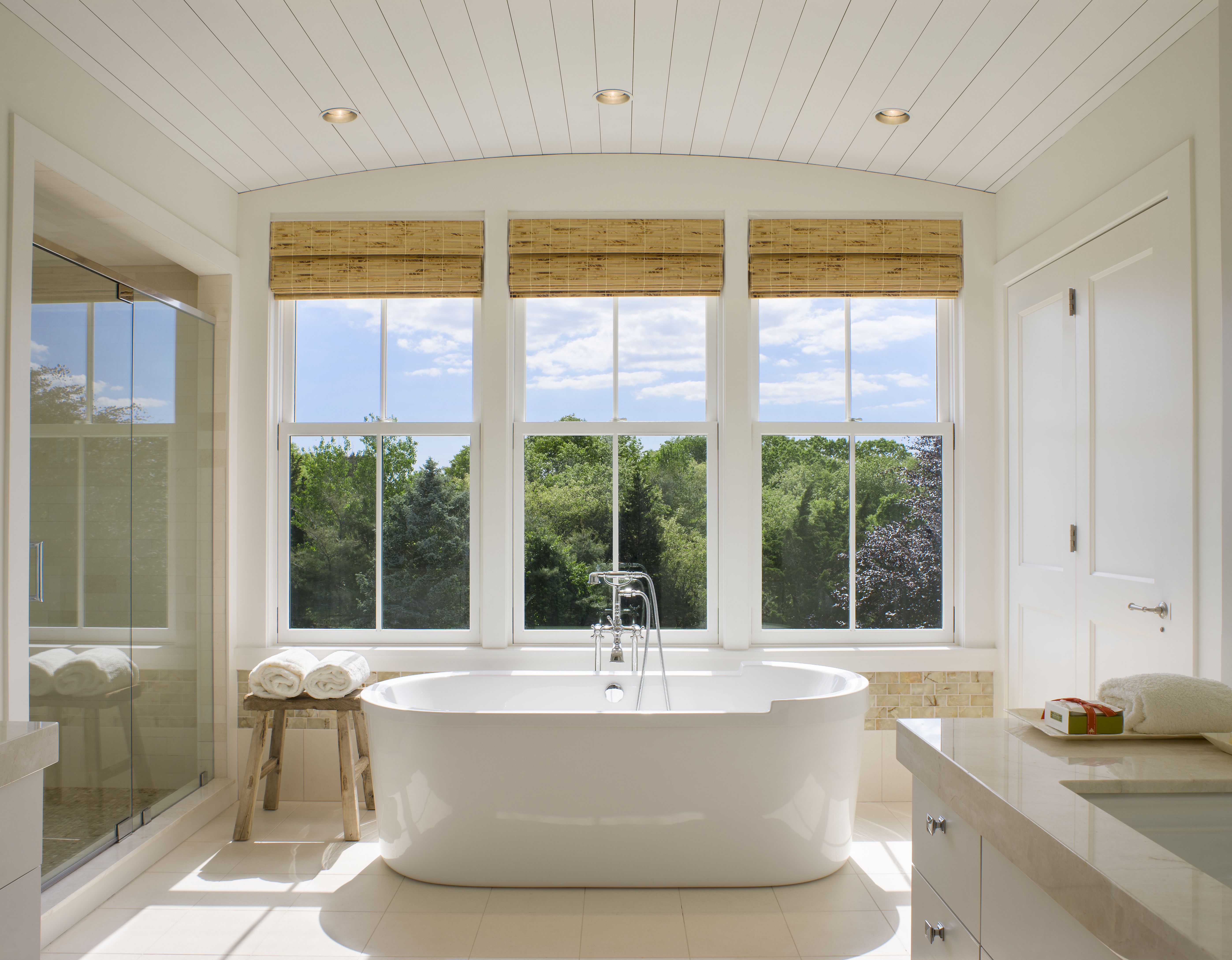

Curtains are a classic window treatment that can bring texture to the space as well as an opportunity for pattern and color. But don't be under any illusions that they are a good option for your bathroom. While they certainly add a certain softness, fabric and material famously doesn't mix well with moisture, and so curtains in the bathroom only increase the chance for damp and inevitably mold.
There are other ways to treat your windows that are a little more reliable for modern bathrooms. 'Balancing light, views and privacy in bathrooms is not an uncommon challenge when finding bathroom window treatments,' points out John DeForest of DeForest Architects, but these options address some of these problems. From glass treatment to stylish blinds, we've spoken to the designers to find out their favorite solutions for a space that prioritizes privacy while fostering a sense of calm.
1. Roman shades
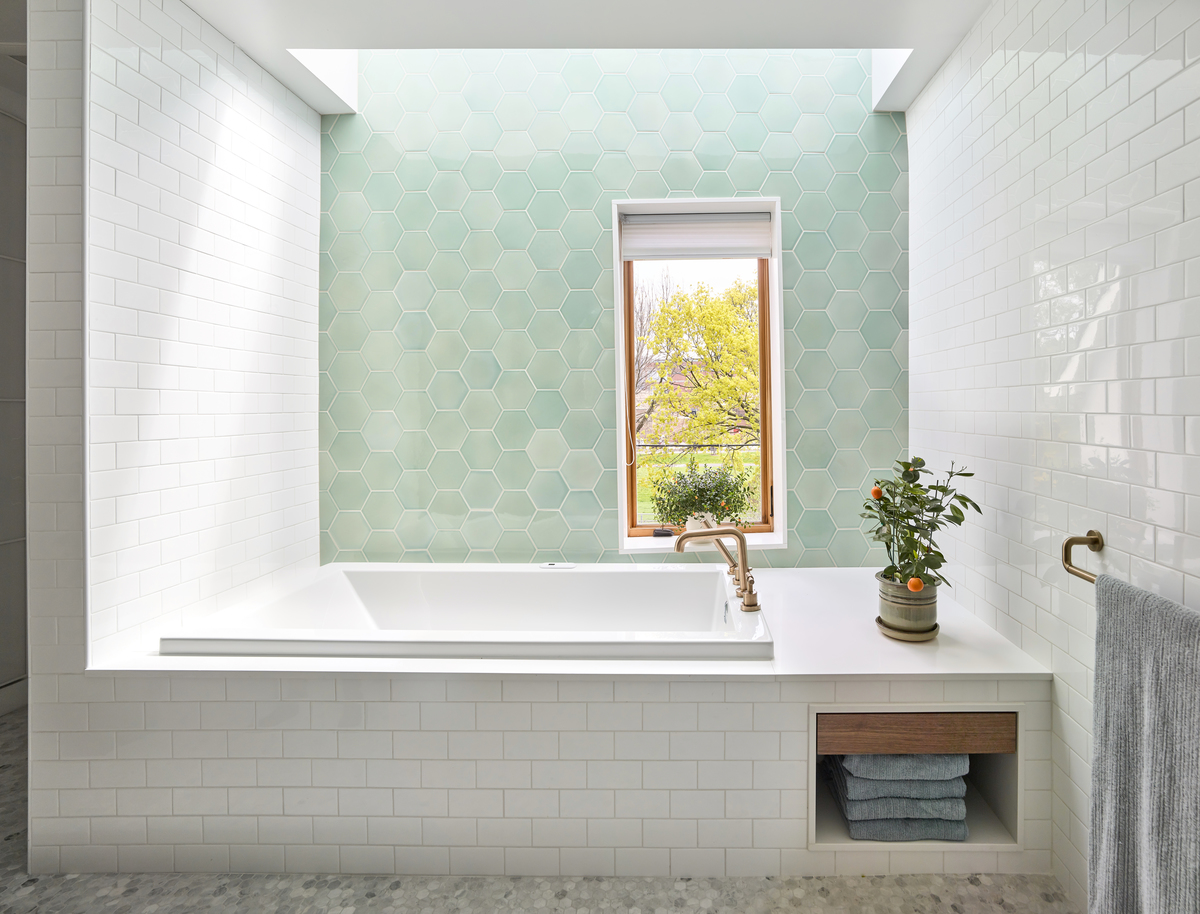
A roman shade is a simple alternative to curtains, with a charming pleated look helping you have total control over the fabric and allowing you to easily gather the fabric with the simple pull of a cord. It's a way to incorporate texture and the soft touch of fabric in the room while staying clear of the actual window or wall to avoid any exposure to damp. At the same time, you can have total privacy.
The fabric you choose can work as a space to add a splash of color or texture to the room, making for a stylish bathroom window treatment. They are also a good option if you want a window treatment that you can easily conceal. 'A roman shade mounted to the top of the wall and ceiling in a matching color to the wall can help it disappear when not in use and then come down when needed,' says San Francisco-based interior designer Regan Baker.
2. Try shutters
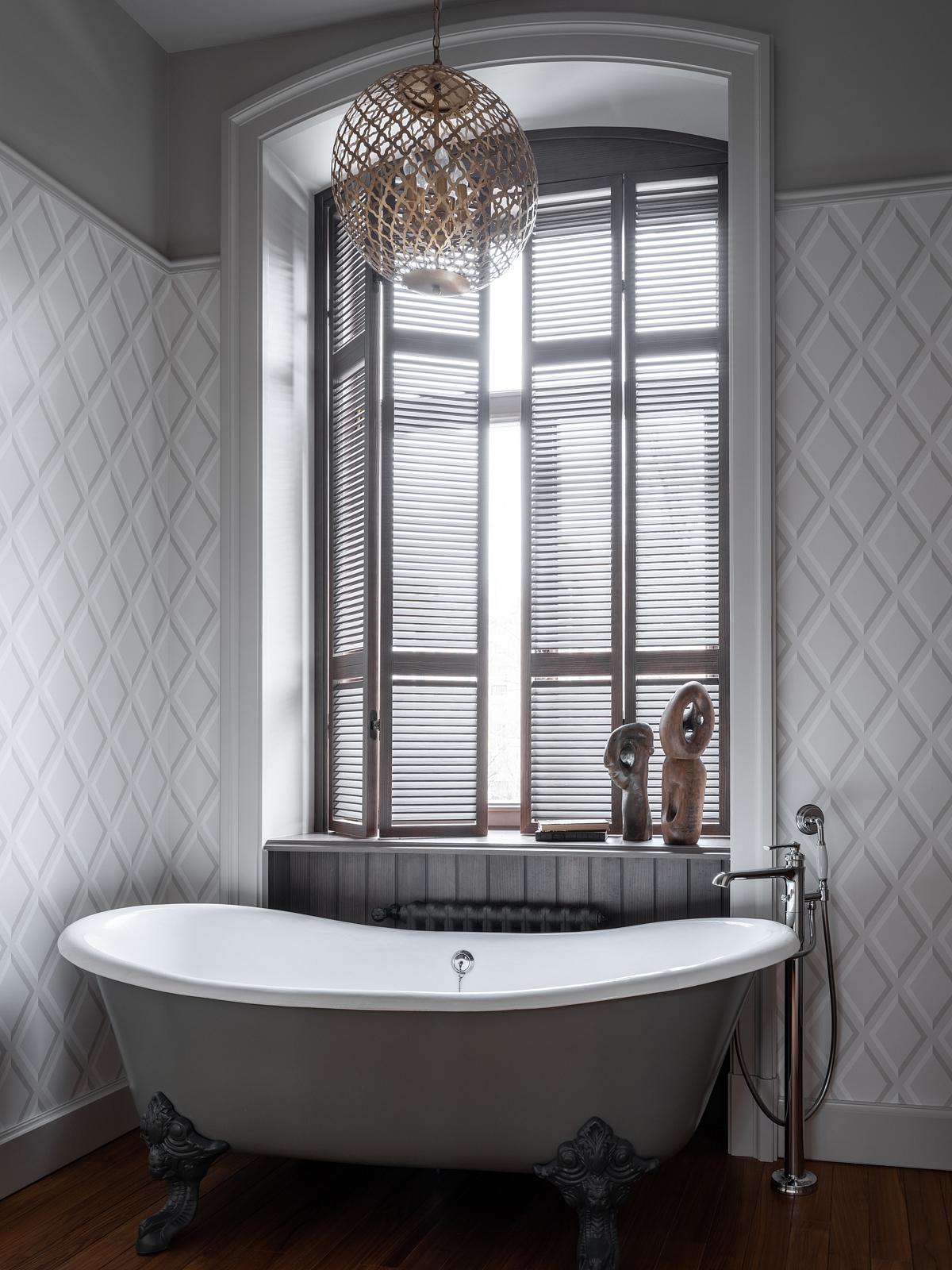
For added interest, consider custom-made shutters that can be made to measure and open and close with a simple bi-folding mechanism. They are a super adaptable alternative to bathroom curtains too - when you want total privacy and darkness - perhaps for an evening candle-lit bath, you can shut them with theatrical effect.
At the same time, you can completely open them to get the most of the light and the view, making a space feel wide open and expansive. Shutters have the added benefit of playing with light. The way the light streams through the slats brings so much character and interest.
They work well in a bathroom because if they are wooden and well treated, you shouldn't experience any problems with the high levels of moisture in the space, and they bring a warmth with their traditional aesthetic. Opt for a color that works with your wall - anything too dark can feel a little too dramatic and heavy.
3. Go for roller shades

Roller shades are another type of blind. Similar to Roman shades, the material gathers at the top, winding up to neatly stack the material. When fully recessed, they are a nifty way to increase natural light in a small bathroom. 'Recessed roller shades easily provide the desired level of privacy with the ability to be hidden from view when necessary,' says Regan. Shades can come custom-fit and can fit snugly into small windows. They also come in a range of materials.
These matchstick blinds are one such option, bringing a natural texture to the space that helps warm up the room with woven rattan material holding up well against the humidity in the bathroom. Like Roman shades, roller shades offer a unique opportunity to be discrete with your window treatment.
'Detailing recessed roller shade pockets into the ceiling is one strategy we've employed,' says Seattle-based architect John DeForest. 'This takes careful planning to work within the ceiling structure but make everything appear elegant and simple.'
4. Try variations in glass
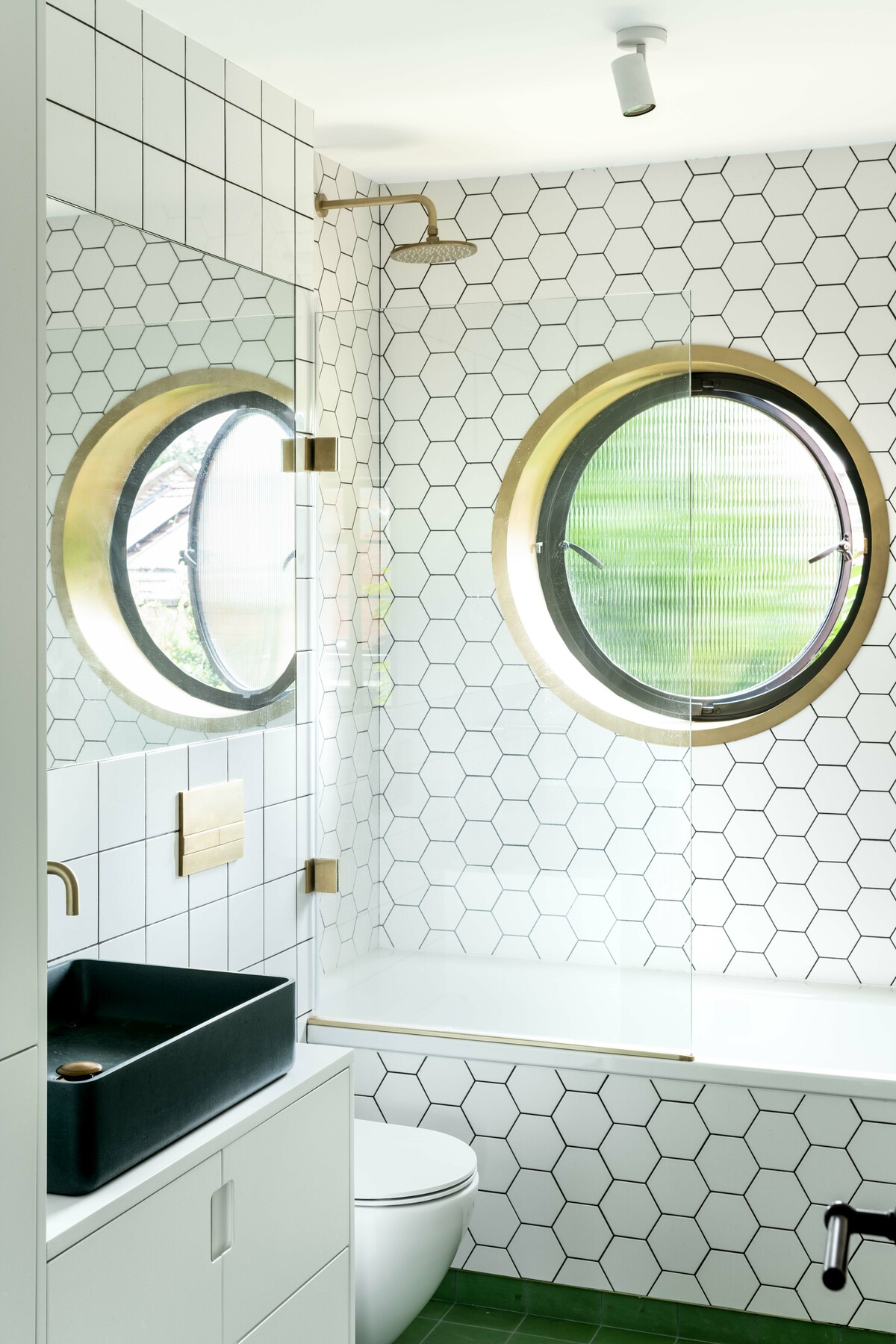
Etched glass and frosted glass has come back in vogue as designers try new manifestations of glass that allow light in while prioritizing privacy. This involves sandblasting or acid-etching glass, using abrasives to create a look that diffuses the light. The result is that some glass is more opaque than others, and some have an intricately carved pattern, all delivering a calming diffusion of light that creates a peaceful space and ridding the need for curtains.
'We've used steel casement windows with two-thirds frosted panes and one clear glass pane at the top. These are great option as they still allow some light to come through. Casement windows have hinges on the side, so you can crack them to let air in, without sacrificing privacy,' says Heather Hilliard of Heather Hilliard Design.
Until recently, etched or frosted glass was considered outdated for modern bathrooms, but we think it's a look that is back in full force. Frosted glass can feel contemporary and cool, while the fluted, etched look has almost an antique feel about it.
The glass brick design trend is another variation of glass that has come back in fashion. 'If the building is in the construction or planning phase, glass blocks are making a comeback in home builds,' says Ross Smith of Assembly Architecture + Build. 'They provide an extremely interesting look while also allowing maximum privacy and natural light to enter the space.'
One problem with etched glass is that it can block a view, but pocketing etched glass panels are a clever solution to this. 'We designed pocketing etched glass panels that slide over windows when needed and disappear when they aren't,' says John. 'This was a good plan for a project that was mostly private except when periodic landscape work was being done.'
5. Or switched glass

One downside with frosted glass is that it can get in the way of a good view, but for most small bathrooms, this isn't really a problem.
'A frosted film or etched glass for the window can offer privacy, but can take away from the view,' says Regan. 'Switch glass can offer this same effect while offering more variety as needed.' Switch glass or electrochromic glass is a type of smart glass that swaps between being opaque and being clear and is controlled by the touch of a button.
'This project (above) used switchable electrochromic glass, which is a great solution for a bathroom space if the window isn't in a shower,' says Adam Lawler of Ment Architecture, who designed the above space.
6. Attach a film
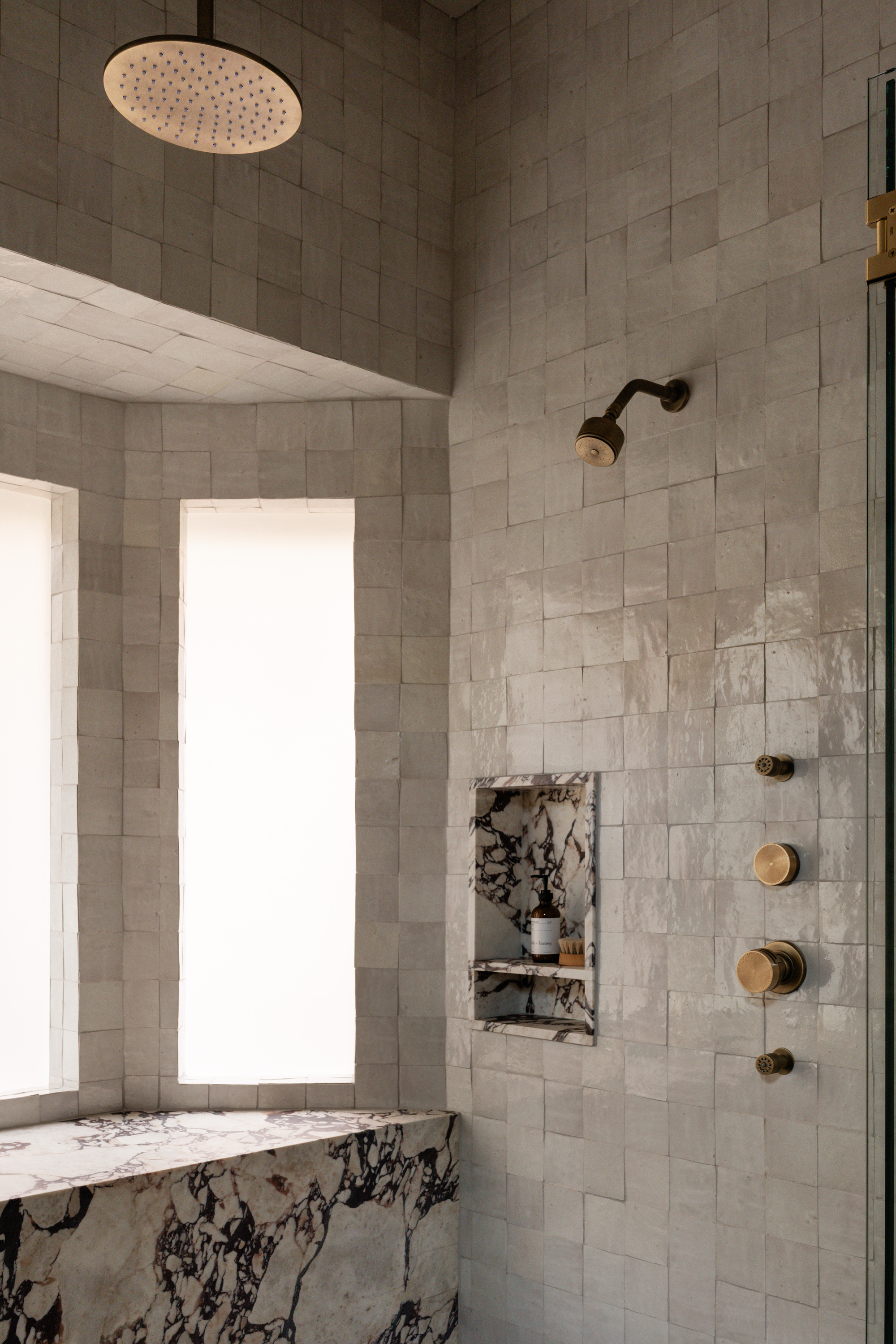
Frosted glass might be an expensive fix, where a window film is an easy solution that is a budget friendly modern window treatment. 'Another strategy we've employed includes clear glass then adding a privacy film only to the extent actually needed once the owners have had some time to live in the house,' says John.
'This came up once when a client was torn between seeing a view from the shower and their neighbors having a view of them. We were able to apply film just up to the point needed to feel private and still have an eye-level view.'
'The easiest way to add privacy to an already established bathroom window would be through different types of contact films or even spray frost readily available at many hardware stores and online retailers,' adds Ross. 'These come in different patterns and finishes, from simple privacy screening to prismatic effects.'
3 bathroom curtain alternatives to try
Be The First To Know
The Livingetc newsletters are your inside source for what’s shaping interiors now - and what’s next. Discover trend forecasts, smart style ideas, and curated shopping inspiration that brings design to life. Subscribe today and stay ahead of the curve.

Former content editor at Livingetc.com, Oonagh is an expert at spotting the interior trends that are making waves in the design world. She has written a mix of everything from home tours to news, long-form features to design idea pieces, as well as having frequently been featured in the monthly print magazine. She is the go-to for design advice in the home. Previously, she worked on a London property title, producing long-read interiors features, style pages and conducting interviews with a range of famous faces from the UK interiors scene, from Kit Kemp to Robert Kime. In doing so, she has developed a keen interest in London's historical architecture and the city's distinct tastemakers paving the way in the world of interiors.
-
 The 'New British' Style? This Victorian London Home Embraces Its Owners' Global Background
The 'New British' Style? This Victorian London Home Embraces Its Owners' Global BackgroundWarm timber details, confident color pops, and an uninterrupted connection to the garden are the hallmarks of this relaxed yet design-forward family home
By Emma J Page
-
 Muji Living Room Ideas — 5 Ways to Harness The Calming Qualities of This Japanese Design Style
Muji Living Room Ideas — 5 Ways to Harness The Calming Qualities of This Japanese Design StyleInspired by Japanese "zen" principles, Muji living rooms are all about cultivating a calming, tranquil space that nourishes the soul
By Lilith Hudson
